If you’ve been searching for a way to contribute more to the environment, composting at home can be an excellent way to do so. With a little bit of education on how to do it correctly and with simple changes in your routine, you can see significant changes!
In this post, we will show you what composting is all about, why it’s essential for the environment, why you should consider doing it and how to compost at home.
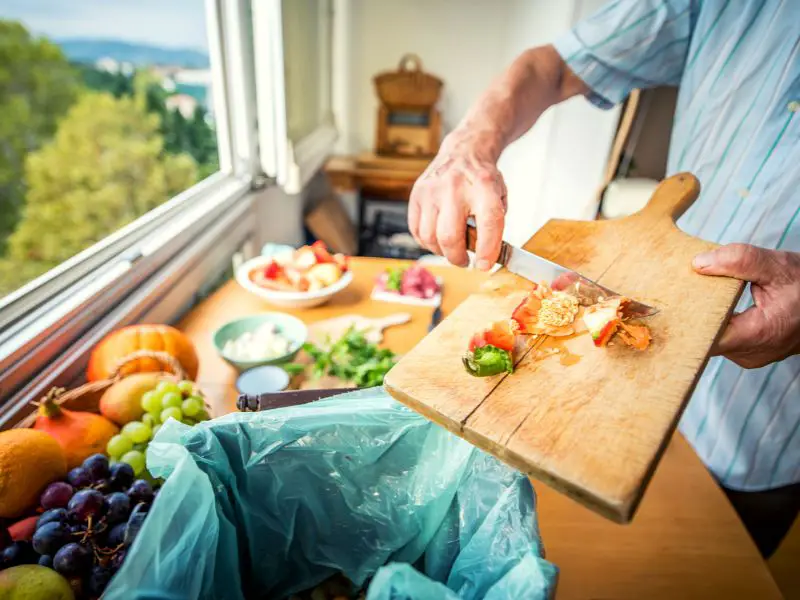
What Is Composting?
Composting is the process of decomposing organic materials and sending them back into the environment. Compost is essential because it can act as a natural fertilizer, improve soil structure and help nature. In addition, when people make compost, they are helping to reduce greenhouse gas emissions that contribute to climate change.
Composting Advantages
1. Richer Soil
Compost can make the soil richer. It also changes the aging of clay-based soils, making for a rich and healthy place for your plants to grow.
2. Better Compost
The quality and strength of compost depend on what you put into it. Knowing the materials you can put into your compost bin is essential, and we’ll go into that later on. Compost will develop in strength over time due to microorganisms breaking down organic material (turning it into fertilizer) with oxygen as a fuel source.
3. Recycles Kitchen and Yard Leftovers
Composting can remove up to 30 percent of residential trash from the garbage. This is significant because organic matter will lack the oxygen required for rapid decomposition when it enters a landfill. And instead, as it decomposes, it emits damaging methane gas, accelerating global warming and climate change.
4. Provides Good Organisms to the Soil
Composting is an excellent way to get the “good” organisms into the soil. Compost comprises many microorganisms essential for maintaining healthy soil and controlling crop problems such as aphids and slugs. Compost contains microorganisms that aerate the soil. Compost also decomposes organic matter for plant use.
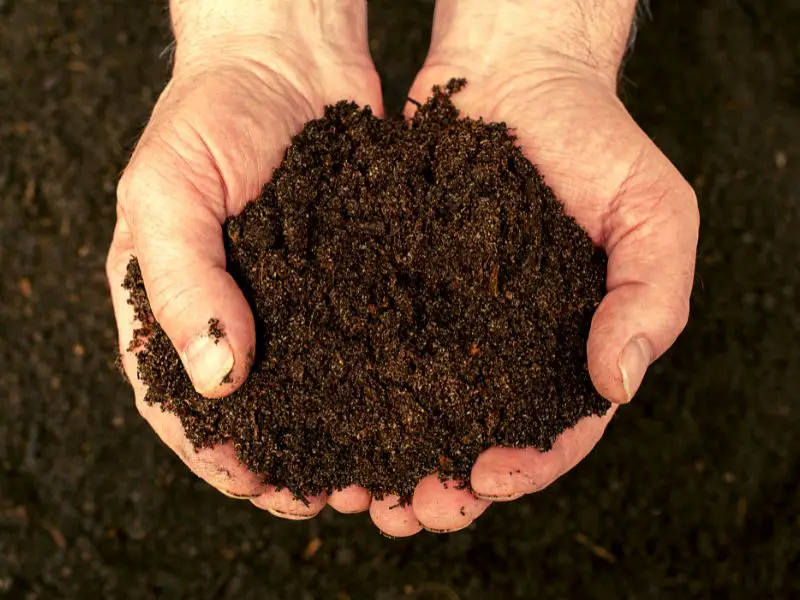
5. Compost Is Better for the Environment
When people make compost, they reduce the amount of garbage in landfills. Once a piece of compost is added to the soil, its nutrients can be used repeatedly. When organic waste is sent to dumpsites, it becomes less usable and more susceptible to harmful bacteria and insects. In fact, by making compost at home, you eliminate the need for landfills, therefore helping the environment.
What Are the Things Best for Composting?
- Fruit and vegetable scraps
- Coffee grounds
- Teabags
- Dry leaves
- Chopped wood and bark chips
- Newspaper
- Houseplants
- Grass
- Sawdust
- Paper egg cartons
- Hair and fur
- Coffee grounds
- Nutshells
- Wood chips
- Hay and straw
- Shredded paper
What Are the Things That Are Not Good for Composting?
Some of these items are dangerous, and it is essential to watch out for these types of things when you compost.
- Meat or bones (they can attract animals)
- Dairy products (they attract insects)
- Pet waste (it attracts parasites and bacteria such as E. Coli)
- Coal or ash (which contains harmful substances to plants)
- Diseased or infected plants (insects might survive and transfer to your crops)
- Fats and grease (might produce a foul odor and attract rodents and flies)
- Oil or petroleum products (contains toxic substances for plants)
- Plastics (The heat from the ground can melt the plastic and become a solid waste product).
- Recycled chemicals
How to Compost at Home
1. Begin your pile of compost on bare earth. This lets worms and other helpful life forms get into the compost and move into your garden beds, where they can help the compost break down.
2. Put some twigs or straw a few inches in depth. This helps the pile drain better and aerate more effectively.
3. Start adding the moist and dry compost materials in layers. Food scraps, used tea bags, seaweed, etc., are examples of moist materials. Straw, dried leaves, wood ashes, and sawdust pellets are dry composts. If you’re using wood ashes, scatter them in thin layers; otherwise, they will clump together and degrade slowly.
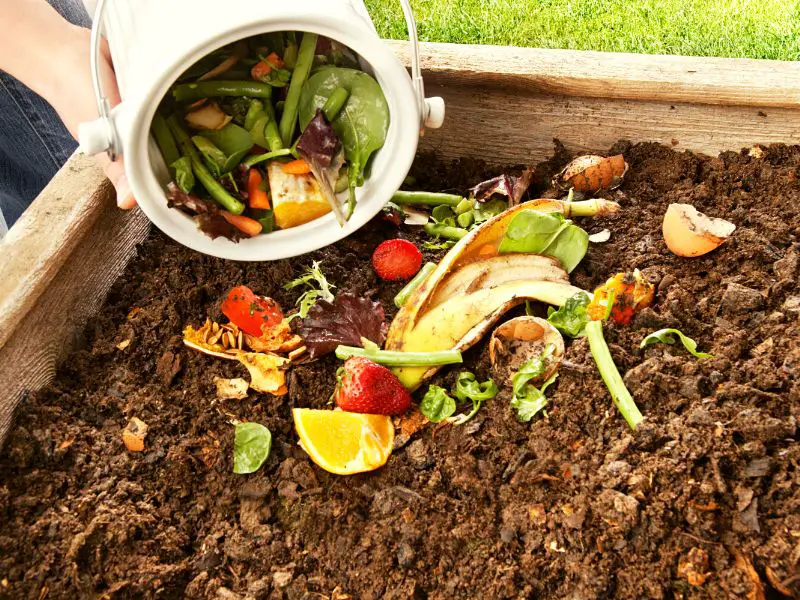
4. Start putting in manure, green manure (clover, buckwheat, wheatgrass, grass clippings), or any other nitrogen source. This makes the compost pile more active, speeding up the process.
5. Maintain the moisture of the compost. Water the heap occasionally or let the rain take care of it.
6. Cover it with something you have available, whether wood, plastic sheeting, or carpet scraps. Covering the compost pile helps maintain moisture and heat, which are needed for composting. Covering the compost also protects it from receiving excessive water from rain. The compost needs to have some moisture, but it shouldn’t be soggy or saturated.
7. Turn the pile using a pitchfork or shovel a few times per month. This will aerate the heap. Rotating “adds” oxygen. Oxygen is necessary for the reaction to take place. You may skip this step if you have a ready supply of coarse material like straw.
It is essential to stir or mix the compost pile to aerate the materials being composted and hasten the process to completion. If you wish to compost but don’t want to create your compost pile, you might want to purchase a compost tumbler, which will simplify mixing the compost.
Tips for Composting at Home
For those new to composting or who wish to enhance their existing compost heaps, we’ve compiled a list of valuable suggestions and tools to help you perfect the art of home composting.
1. Get a Suitable Compost Bin
This should be large enough to accommodate the volume of material to be composted, or it can be compact for gardens and yards with limited space. The right size will also allow for timely and easy harvesting of the compost at the end of the process.
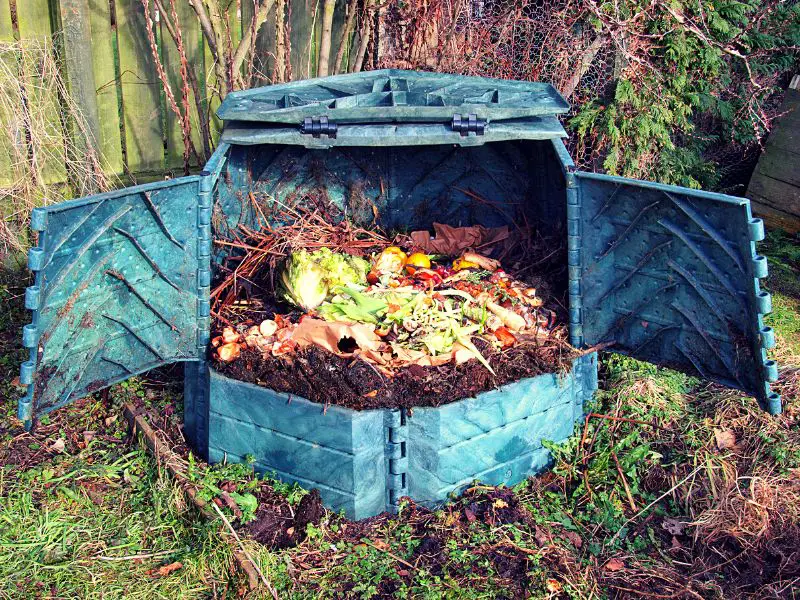
2. Composting Is All About Balance
Keep an eye on everything you add to the pile. If you need more compost materials but still miss something vital, you can add them later. However, make sure not to add too much of anything at once.
3. Choose the Right Spot in Your Compost Bin
An excellent place to start composting is on the ground, away from sunlight and wind. If possible, get an area with a slight slope so that moisture can drain out if water overflows.
4. Make Sure to Let the Worms Do the Work
If you’re looking for a great compost assistant, you can’t get any better than the little wrigglers that eat your kitchen scraps! One way to do this is by not turning the compost pile too often. This can be quite a balancing act, especially when several types of waste are included in your composting effort.
5. Monitor Your Compost Pile Regularly to Ensure It Doesn’t Get Too Wet or Dry
If the pile is too dry, add more water, and if it’s soggy, water it less often. Remember that moisture is essential because it keeps everything from burning out quickly and makes it easier for worms to burrow through the materials.
6. Provide Good Airing
To maintain a healthy compost heap, you need to turn it on regularly. Turning your compost aerate the waste and cuttings, which boost the process of composting.
7. As Your Compost Finishes, It Will Have a Dark Brown, Nearly Black Layer at Its Bottom
It should have a spongy feel and be nutrient-dense. Spreading completed compost onto flowerbeds enhances soil quality by retaining moisture and controlling weeds. It also removes the need for chemical fertilizers and pesticides.
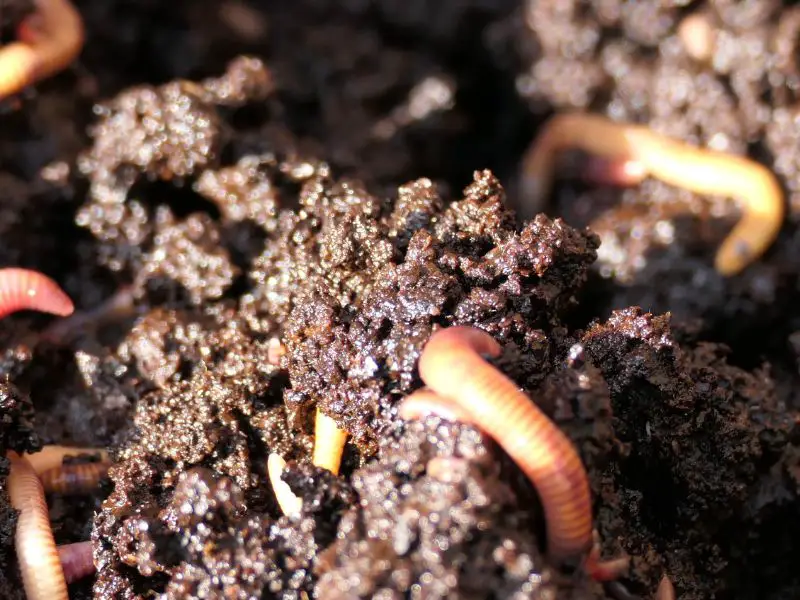
Author’s Note
Cultivating your compost pile at home is a way to break down your organic waste and cuttings for your garden. It’s a great way to turn an otherwise worthless pile of scraps into something that can increase the quality and fertility of your arable land, so it’s worth investing the time and effort in building one on-site.
We hope this post has aided you to you develop your compost pile, and please don’t hesitate to ask us any questions that may be on your mind. We’re always happy to help! Also, check out these environmentally friendly products. You’ll love it, I’m sure.


4 thoughts on “How to Compost at Home: Follow These 7 Tips to Breakdown Organic Waste”